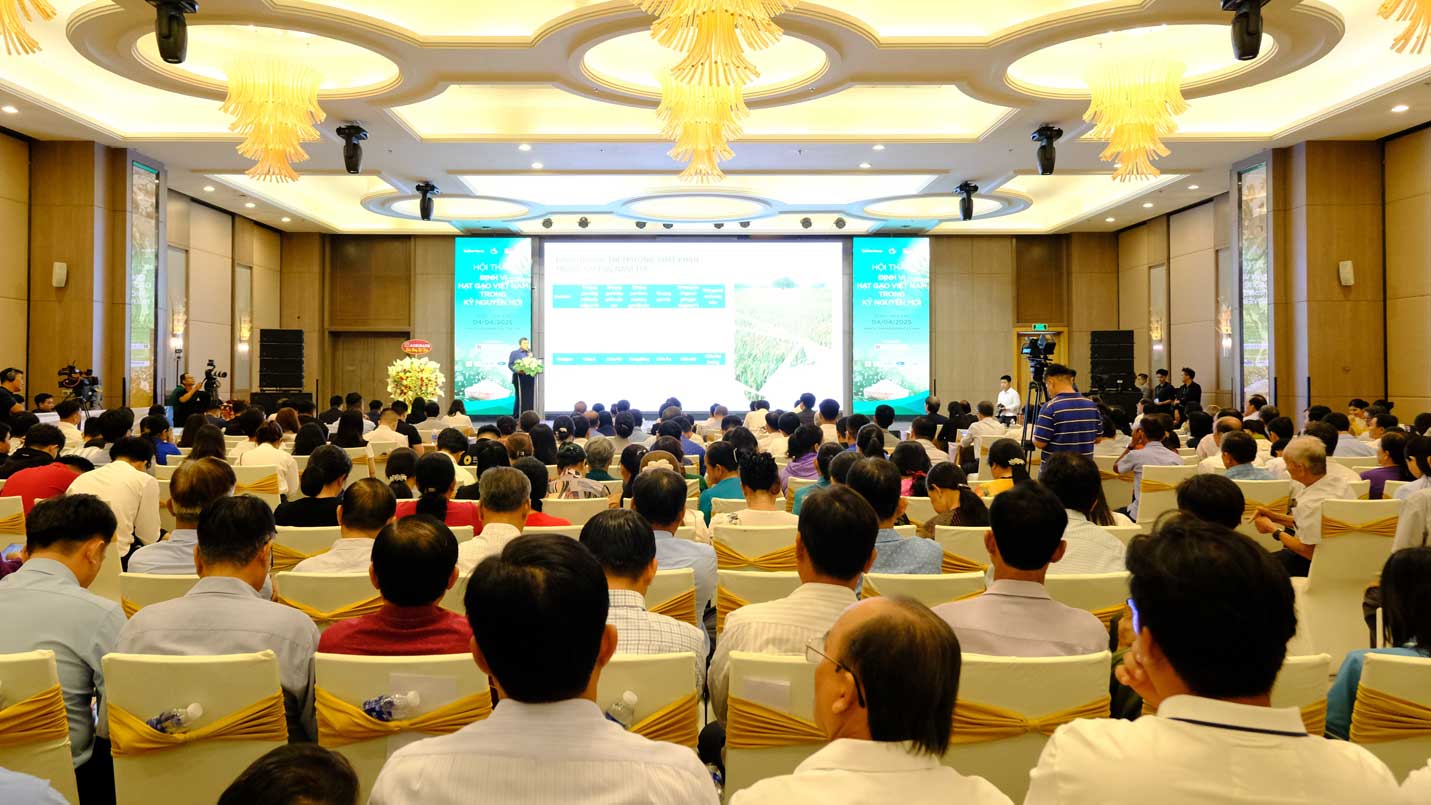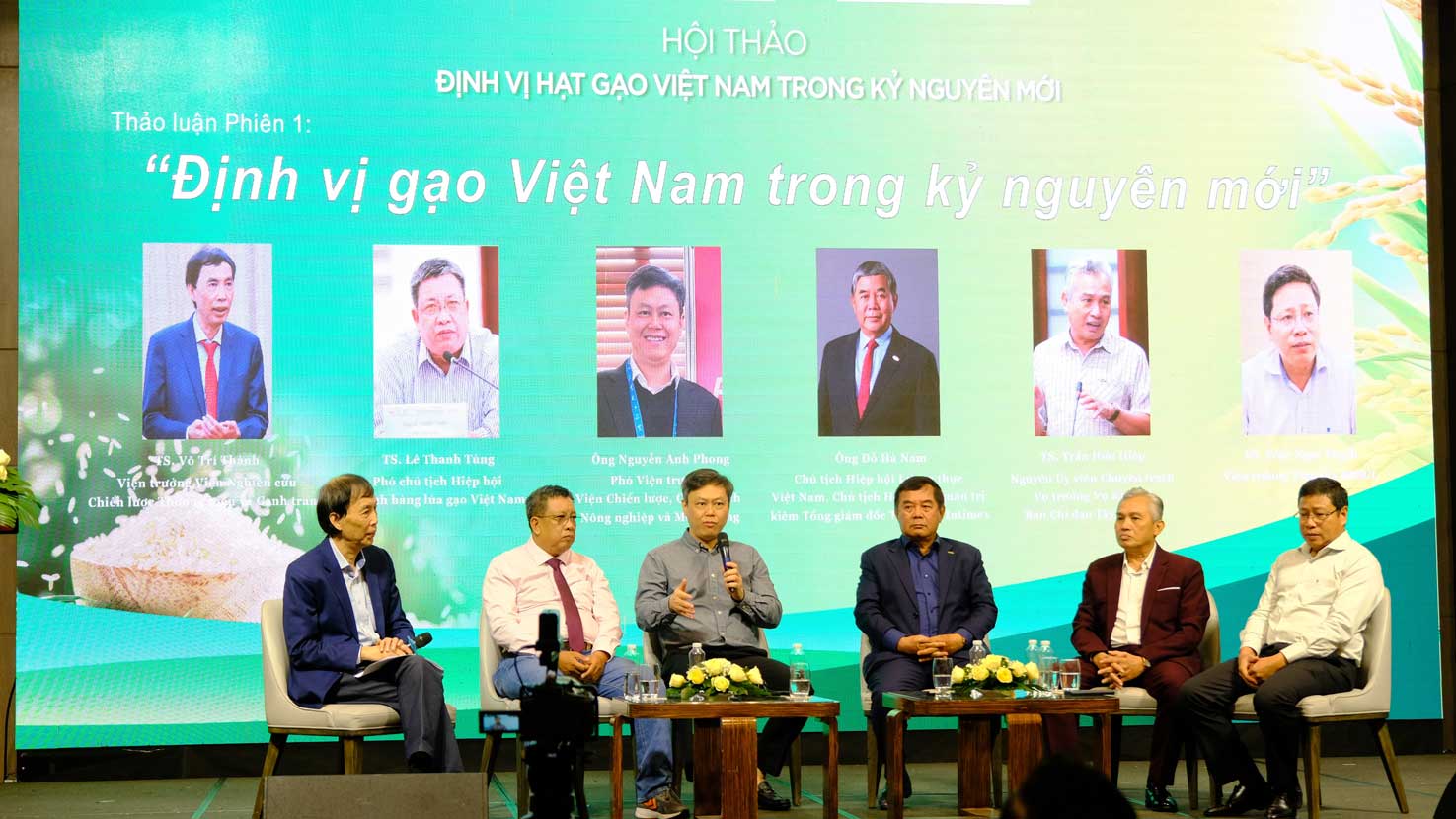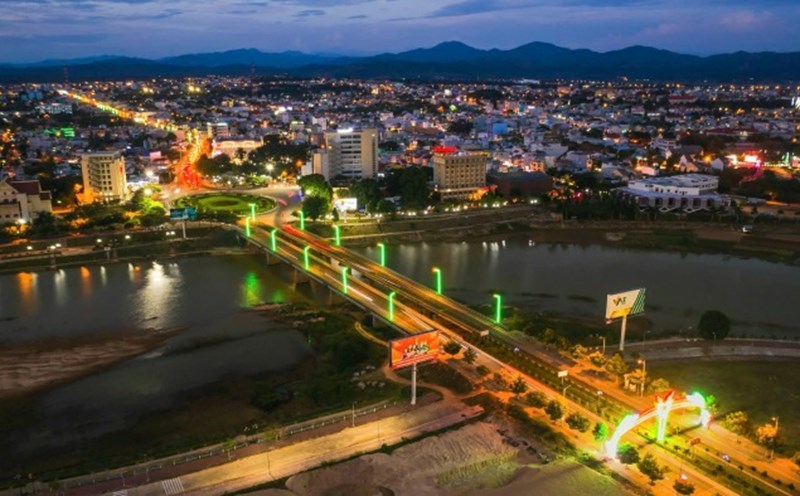The information was given at the Workshop "S Propagating Vietnamese rice in the new era" held in Can Tho City on April 4.

In 2024, the Vietnamese rice industry made a special mark with an export output of over 9 million tons, export turnover of about 5.75 billion USD, maintaining its position as one of the world's leading rice exporters. This is a testament to the continuous efforts, opening up expectations for a new year to continue to reap success.
In the rice export structure of Vietnam, high-quality rice has a large proportion, accounting for 60 - 70%. High-end branded rice accounts for about 15% and about 10 - 15% is low-end rice.

At the workshop, Vice Chairman of Can Tho City People's Committee Nguyen Ngoc He said that the rice industry in the Mekong Delta has achieved many great achievements in recent times, contributing 50% of rice output and more than 90% of rice output for export, being the region that ensures national food security.
In addition to advantages, rice production is also facing many difficulties and challenges. Accordingly, the project to sustainably develop 1 million hectares of high-quality specialized rice, reduce emissions associated with green growth in the Mekong Delta by 2030 is an opportunity and solution to continue promoting the development of the rice industry.

Mr. Do Ha Nam - Chairman of the Vietnam Food Association (VFA) - said that rice exports are on the rise. From about 6.2 million tons (in 2020) to more than 9 million tons (in 2024). It is estimated that the total rice export volume in the first quarter of this year will reach about 2.2 million tons, an increase of 2% over the same period in 2024. The structure of exported rice varieties is shifting positively, increasing the proportion of fragrant rice, Japonica, specialty rice and high-value rice products.
The export market for Vietnamese rice is increasingly diverse, from Asia, Africa, the Middle East, Europe, America to the Atlantic. In which, Asia is still a key market, accounting for more than 70% of total exports.
Orientation of export markets in the coming years, Vietnam will continue to improve the quality and value of rice, towards reducing the proportion of white and medium -class white rice, increasing the proportion of fragrant rice, japonica, specialty rice. According to the orientation, it is expected that by 2030, the proportion of white and medium white rice will be reduced to no more than 10%, while the proportion of fragrant rice, japonica, specialty rice will increase to about 45%.
Accordingly, VFA recommends that the Ministry of Agriculture and Environment continue to implement incentive policies, support the construction of raw material areas, research and development of high-quality rice varieties and increase trade promotion. The Ministry of Finance shall consider and promptly issue specific instructions to handle VAT refunds. The Ministry of Industry and Trade needs to increase information on exports, adjust import-export management, research and negotiate to open the market.
On the side of the State Bank, it is necessary to consider strengthening lending policies without collateral for rice businesses. The People's Committees of provinces and cities continue to plan and build specialized areas for raw material cultivation, soil assessment and investment in rice processing...











